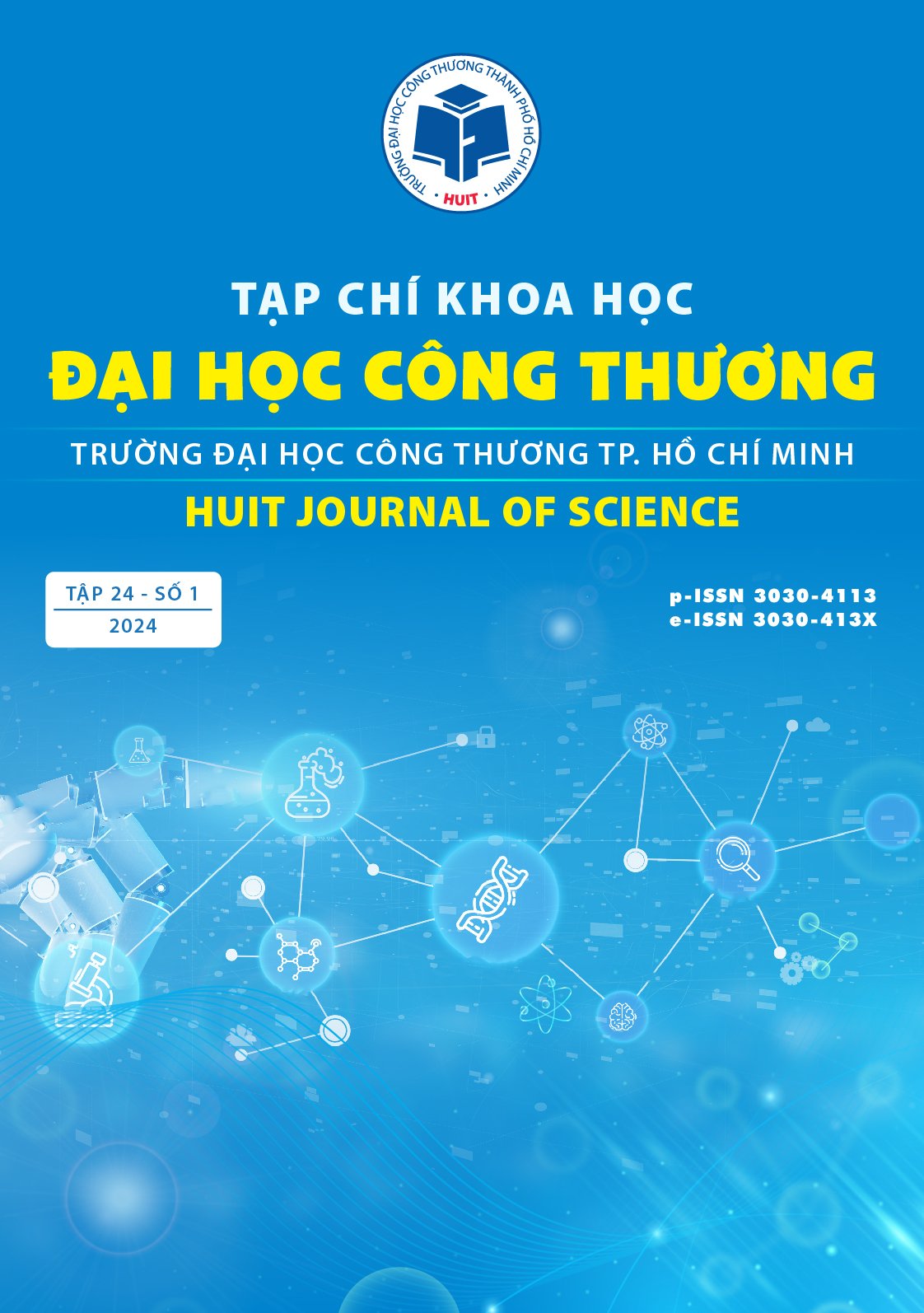How Nutrition Accelerates Tissue Repair
페이지 정보
작성자 Malinda 작성일25-10-07 04:45 조회2회 댓글0건본문

Adequate dietary intake plays a crucial role in how quickly and effectively your body’s ability to restore compromised tissue. Whether you’ve experienced a laceration, a sprain, a post-op incision, or a bone break, your body requires the core reparative components to restore structural integrity. Without adequate nutrition, healing can be impaired, and complications such as infection may arise.
Amino acid sources is one of the critical nutrients for tissue repair. It provides the protein precursors needed to synthesize connective tissue in epidermis, myofibers, and other supportive matrices. Rich dietary providers include chicken, turkey, fish, eggs, milk, yogurt, cheese, black beans, chickpeas, red lentils, green lentils, and almonds, walnuts, cashews. If your diet lacks sufficient protein, your body may have impaired cellular regeneration and experience poor tensile strength.
L-ascorbic acid is another key player. It stimulates your body’s ability to produce connective tissue, which is the dominant component in skin and tendons, ligaments, fascia. Abundant dietary supplies include citrus fruits, strawberries, red, green, yellow peppers, cruciferous vegetables, and spinach. A shortage in this vitamin can lead to fragile wound edges and delayed tissue maturation.
Zinc supports mitotic activity and defense mechanisms, both of which are essential during healing. It is abundant in shellfish, beef, pork, pumpkin, sunflower, nuts, and whole grains. Zinc also modulates inflammation, which is a physiological part of the healing process but must be prevented from becoming excessive.
Retinol contributes to skin regeneration and helps moderate the inflammatory response. It is found in sweet potatoes, carrots, dark leafy greens, and dairy products. This vitamin is particularly critical in the early stages of healing when the body is clearing out damaged tissue and preparing for new growth.
EPA and DHA, found in fatty fish, flaxseeds, and English walnuts, help reduce excessive inflammation. While a controlled level is required, uncontrolled inflammation can impede regeneration. Omega-3s support optimal immune modulation.
Adequate fluid intake is often neglected but is just as important. Water helps transport nutrients to cells and eliminates toxins from the healing site - https://minecraft-builder.com/why-therapist-physician-collaboration-is-revolutionizing-patient-care,. Fluid deficit can impair metabolic processes and make tissue repair less efficient.
In conclusion, getting enough kcal intake is vital. Your body needs metabolic power to power tissue regeneration. If you’re not consuming enough calories, your body may utilize protein stores for energy instead of using it to rebuild structural components.
In summary, healing is not just about rest and time. It is also deeply tied to what you eat. Eating a well-rounded nutrition strategy rich in amino acids, vitamins, minerals, and essential fatty acids supports robust regeneration and reduced vulnerability and reduces the risk of complications. Always consult with a medical professional or clinical nutrition expert if you have specific healing needs, especially after major operation or complex wound.
댓글목록
등록된 댓글이 없습니다.














